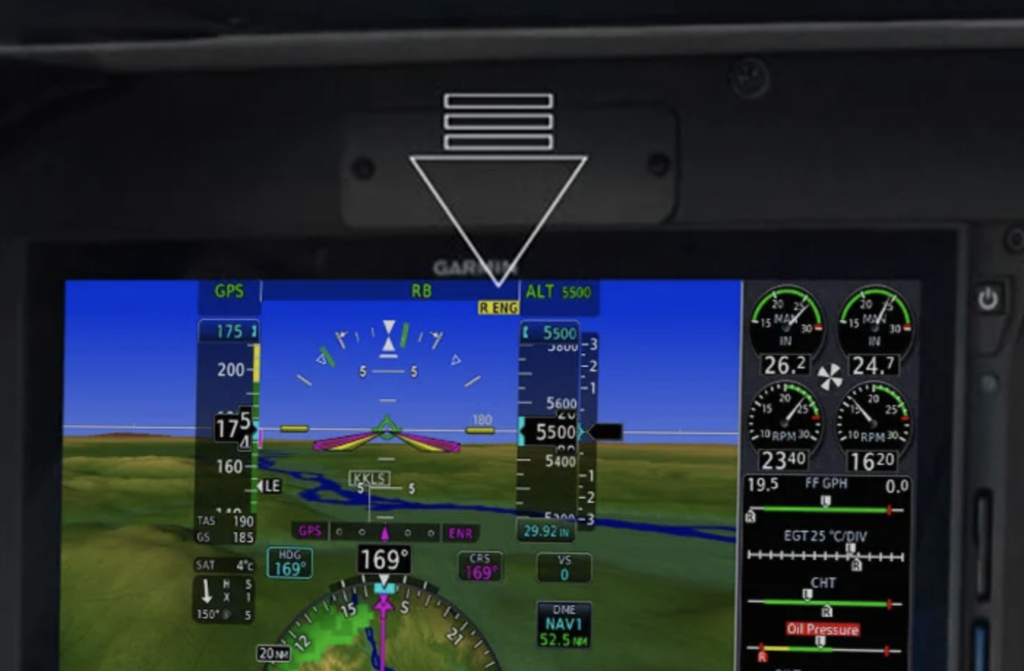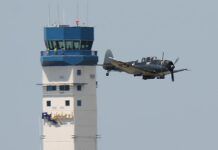Garmin has added another cockpit automation—this time it’s programming to help conventional-twin pilots when an engine quits. Called Smart Rudder Bias, the programming added to the GFC 600 autopilot, for “select” twins, helps provide proactive rudder input in the event of a power loss while indicators on the primary instrument tell the pilot which engine has rolled back.
“We are proud to be able to offer a new safety tool for twin-engine piston aircraft with the introduction of Smart Rudder Bias, making the GFC 600 digital autopilot the most advanced solution for this class of aircraft on the market today” said Carl Wolf, Garmin vice president of aviation sales and marketing. “With the introduction of Smart Rudder Bias technology, working together with the other Garmin systems onboard, pilots can react to an engine failure by quickly and accurately detecting the issue while simultaneously receiving automatic assistance applying the correct flight control input—providing an additional safety tool not seen before in twin-engine piston aircraft.”

According to Garmin, the SRB automatically arms when the aircraft has reached the manufacturer’s stated VMC (minimum controllable airspeed with one engine inoperative). At that point, the system monitors engine indications for signs of power differential. “Once activated, rudder force is dynamically adjusted to aid a pilot in providing enough force to the rudder to help control a sideslip,” says Garmin. “A yellow annunciator for the associated inoperative engine is conveniently displayed along with autopilot annunciations …” Meanwhile, the standard envelope protection (ESP) in the Garmin autopilot remains active, albeit with “enhanced ESP settings tailored to engine-out flight. Roll protection is modified to help correct for the roll tendency caused by the inoperative engine, while underspeed protection activates at a higher airspeed to help keep the aircraft away from the critical VMC speed and the associated loss of positive aircraft control.”
Two families of aircraft are currently certified with the SRB—the Beech Baron 58 and 58A models as well as Piper’s Piper PA-31-300, PA-31-310, PA-31-325, and PA-31-325CR. Garmin says more certifications are in development.



































